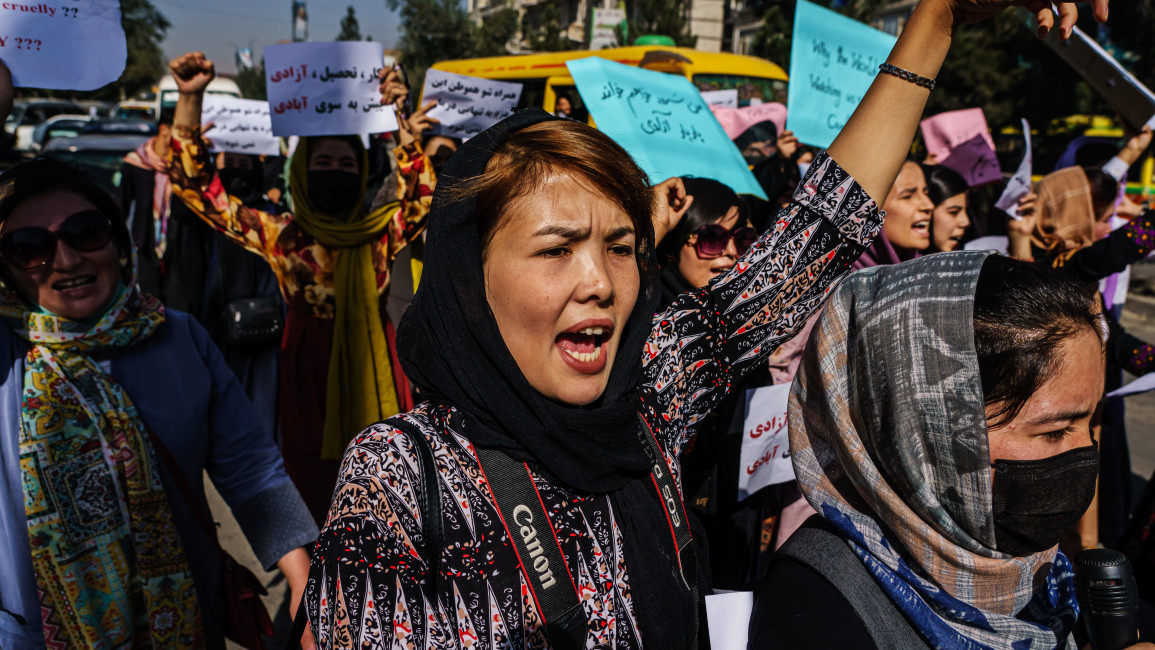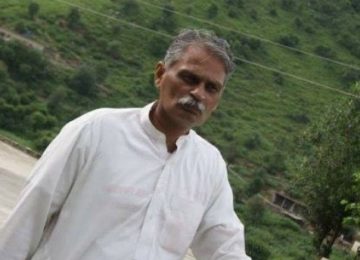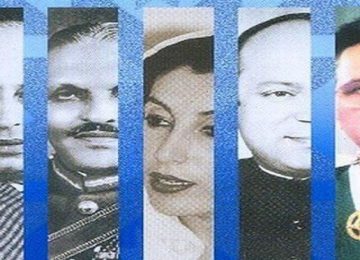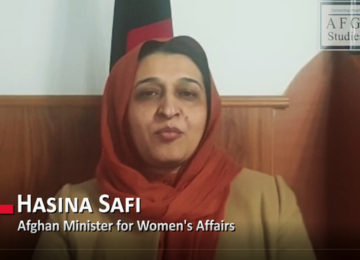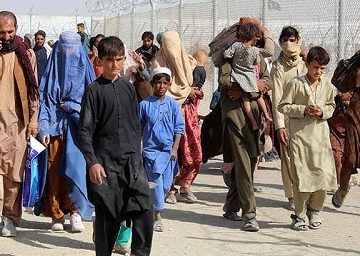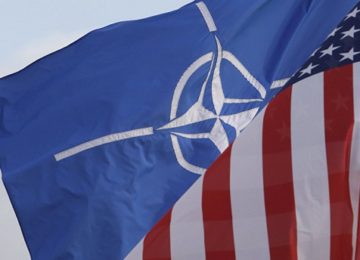IT turns out, to the surprise of no one, that the Afghan Taliban haven’t changed after all. Last week, they announced that they were going to ban girls from going to school. Then they added that Afghan women would now not be permitted to travel outside the country without the presence or permission of a male relative. With these two edicts, all the progress that Afghan women may have made over the past two decades were wiped out.
Today, Afghan women stand at one of the most heartbreaking crossroads in history. Their country has not only been devastated by the US occupation and the ruin it has left behind, but now, half the population has also effectively been left out, erased and silenced. Afghan women cannot participate in the rebuilding of the country that is so urgently required.
Who has betrayed Afghan women most egregiously? The Taliban or the US/Nato forces that promised them a very different country than the one they left behind? It is a difficult question, not least because neither side, not the Taliban nor the US, seems to have any interest in revising their positions on the issue. If the Taliban have heaped this latest burden of cruelties, American and other aid agencies have abandoned aid programmes worth hundreds of millions of dollars without so much as an explanation.
Today, Afghan women stand at one of the most heartbreaking crossroads in history.
Writing in the Washington Post, Prof Mohsin Amin, a policy analyst from Afghanistan, presented an apt summation of the situation that the Americans left behind, saying that it would be the equivalent of dissolving the Federal Reserve Bank of the US and then telling everyone that their weekly cash withdrawal limit was less than $400. Amin estimates that at the time the US stopped at least 75 per cent of the Afghan government’s spending that came from foreign aid. Not only did the US freeze over $9 billion in assets held by the central bank in Afghanistan, they also told international aid agencies, such as the International Monetary Fund, the World Bank and similar institutions, that they had to immediately stop their operations in Afghanistan.
The consequences of all this have been disastrous, and unsurprisingly, Afghan women have borne the brunt. The sudden cut in funding to health programmes for women has been felt most acutely, with sharp drops in the number of women who can access healthcare facilities during pregnancy and for childbirth. It is likely that many women and children are no longer alive precisely because of the sudden cessation of healthcare programmes (and funding) that had been operative for years.
When the lives of women are throttled from all sides, they are left with very few options. When the Americans arrived, in the style of swashbuckling heroes, to free Afghan women from all that had made their lives miserable, too many believed them.
There has been criticism that some Afghans, seen as ‘secular’, were able to position themselves as cultural facilitators who advised on many projects and made considerable money. The problem was that, during the American occupation, many of these projects did not factor into the equation the cultural reality of the Afghans and tried to address the latter’s needs in light of what they wanted them to be. In this sense, none of the programmes attempted to make compromises between religious teachings and women’s empowerment.
While it is unknown whether any attempts in this regard would have made any kind of real difference, it was worth a try. At the very least, forward-looking minds would have had 20 years to counter the wrong Taliban interpretation of women’s rights in Islam with a progressive view that allowed women to do what they wanted with their lives. Instead, it was imagined that the ordinary Afghan woman’s context could, as in some select areas of Kabul, be transformed into one that was in synch with a buzzing Western metropolis.
The Taliban have made their own calculations. After an initial period of attempting to be palatable to the international community, they have decided that there is nothing in it. The international community could have taken advantage of the Taliban’s original pliability by obtaining some concessions regarding women’s rights, but it appears that this priority was on nobody’s mind. It is entirely possible that if a charter of demands were drawn up which would unfreeze Afghanistan’s reserve currency and aid flows to programmes for women, then girls schools and health clinics could have been kept open.
None of this happened. The Taliban have now made different calculations, not least an accurate one regarding the world’s attention. A new war has begun, which involves higher stakes and different calculations. Instead of a proxy war in Afghanistan, the great powers are now thumbing their nose at each other directly. This does not bode well for any Afghan — least of all for the Afghan women who stand betrayed by everyone and were held hostage, first by the Taliban and their idiocy and then by a US/Nato invasion that used them as pawns for their own strategic objectives. Now, they are back to being used as pawns by the Taliban again, except this second time they have to contend with not just the Taliban’s rabid desire to control women but also the despair that comes from having known some small bit of freedom.
It is not that Afghan women will not survive this, or that they will not persevere. They will, being as they are women who have probably endured the most out of all the women alive today. We may not be able to directly help them, but we can recognise the strength of their spirit and the longevity of their endurance. It is not enough, but it is better than the betrayals, the sum of nothing that has been their lot so far.



